Native American Ingenuity in Gulf Shores
Puffer Thompson • January 6, 2024
Paddling back in time to the place we now call home
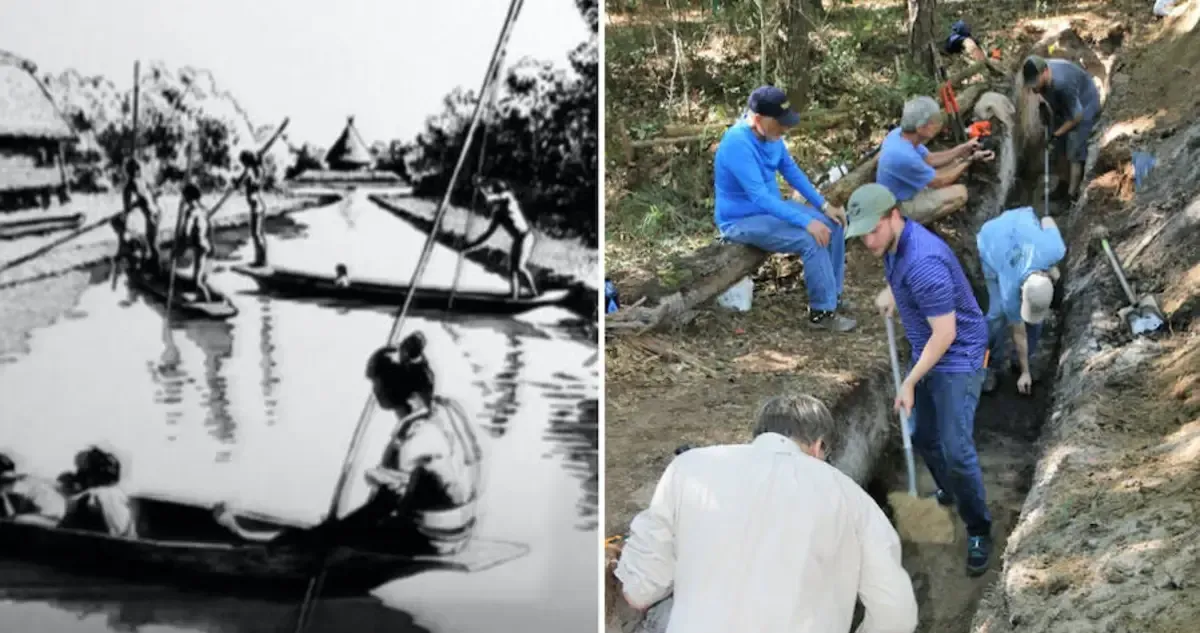
For years it was hidden, yet plainly seen. Once referred to as “Indian Ditch” by locals, it’s actually an ancient canal connecting Oyster Bay with Little Lagoon across the Fort Morgan peninsula. Nestled among the captivating landscapes of Gulf Shores, it’s a discovery that represents an impressive feat of engineering and showcases the resourcefulness of local Native Americans used in a bygone era.
Most canals such these were used for irrigation, but considering we live in such a rainy location, this one served another purpose. Essentially, it was a man-made shortcut dug to provide easier access to the Gulf. It helped the natives avoid treacherous journeys into Mobile Bay to reach their bountiful fishing grounds and access trade routes.
In short, it’s a lot easier to access the Gulf from Little Lagoon rather than circumnavigating the 19-mile Fort Morgan peninsula through rough waters in a dugout canoe. The canal took them to camps closer to the Gulf where they processed and preserved their fish, and it would have shortened the journey from Weeks Bay to the Gulf by more than 10 miles.
Based on radiocarbon dating and excavations of charcoal samples, construction most likely took place around A.D. 600 at the end of the Middle Woodland period. Scientists believe the original canal was nearly a mile long, about 30 feet wide, and anywhere from three to eight feet deep.
Whatever its true dimensions, it stands as a testament to the cultural heritage of our region. Proper conservation and protection of this archeological gem will ensure that it remains accessible for further research and contributes to the broader understanding of our area's rich history.
Recently retired Greg Waselkov, former head of archaeology at the University of South Alabama, helped lead an excavation of the canal in 2017 with local amateur archeologist Harry King who organized the effort to learn more about the canal and other ancient sites nearby.
King learned something during his exploration that he’d always suspected, saying, “During my six year quest to document the Indian Canal, I now have confirmation from the US Army 1828 report that Gulf Shores, Alabama harbors the first Intracoastal Waterway in North America.”
And according to Waselkov, these discoveries of our past will continue to educate us in the future. “The City of Gulf Shores owns the southern terminus and is developing plans for long-term preservation and public interpretation, which is a wonderful outcome of our project,” Waselkov says.
We couldn’t agree more, and can’t wait to further enjoy this historical link to our past.
Want to learn more?
Watch an informative video by filmmaker Tommy Wier and visit the website Harry King created to help us discover more about the canal and other historical sites in the Gulf Shores area.
-
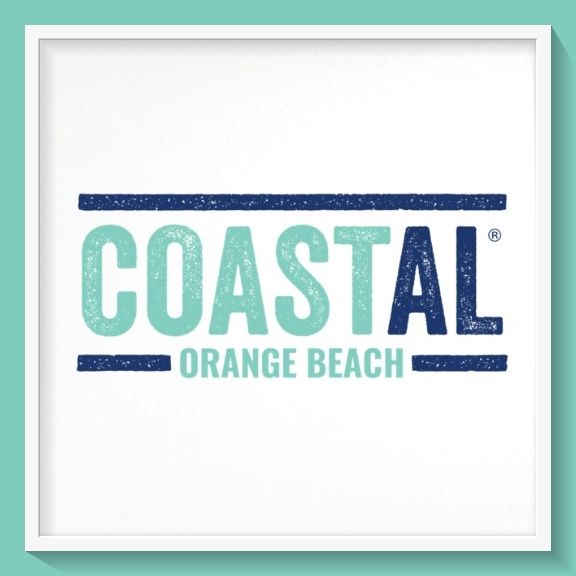
Slide title
Write your caption hereButton 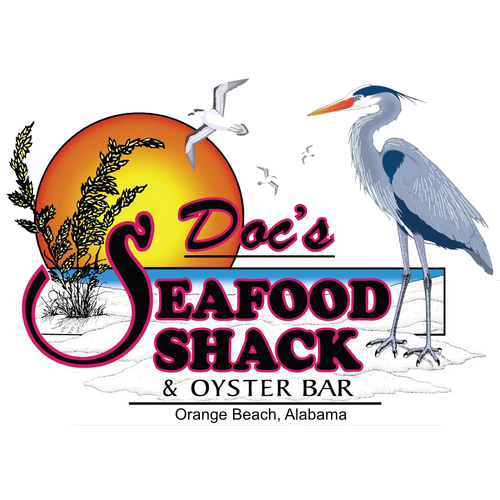
Slide title
Write your caption hereButton-

Slide title
Write your caption hereButton -

Slide title
Write your caption hereButton -

Slide title
Write your caption hereButton -

Slide title
Write your caption hereButton -

Slide title
Write your caption hereButton
-

Slide title
Write your caption hereButton -

Slide title
Write your caption hereButton -

Slide title
Write your caption hereButton -

Slide title
Write your caption hereButton -

Slide title
Write your caption hereButton -

Slide title
Write your caption hereButton -

Slide title
Write your caption hereButton -

Slide title
Write your caption hereButton
-

Slide title
Write your caption hereButton -

Slide title
Write your caption hereButton -

Slide title
Write your caption hereButton -

Slide title
Write your caption hereButton -

Slide title
Write your caption hereButton -
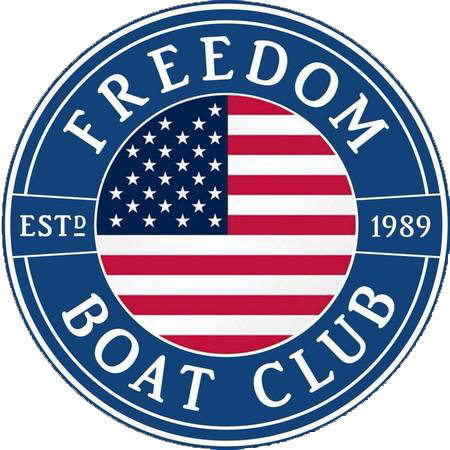
Slide title
Write your caption hereButton -

Slide title
Write your caption hereButton
Recent Posts
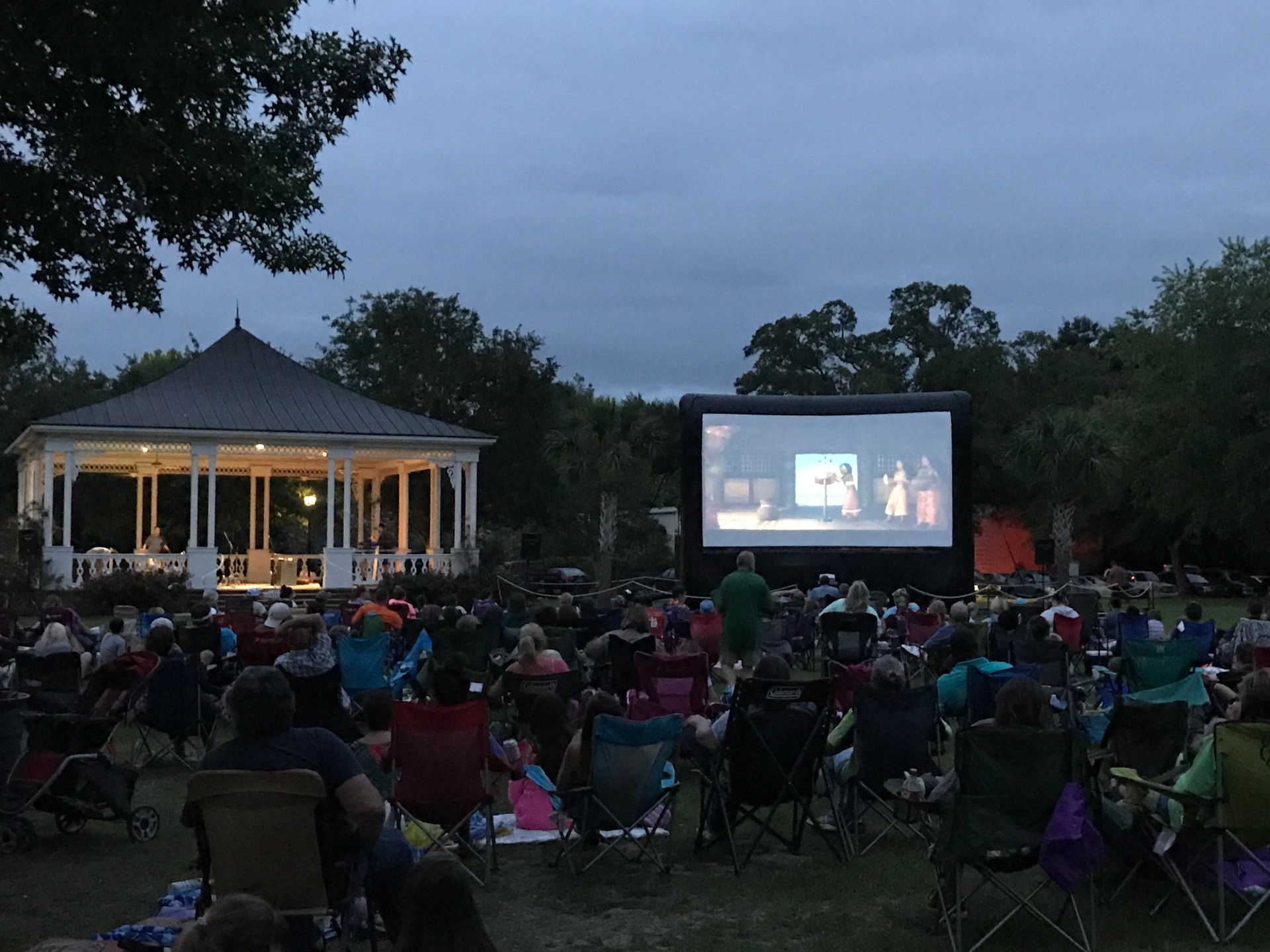
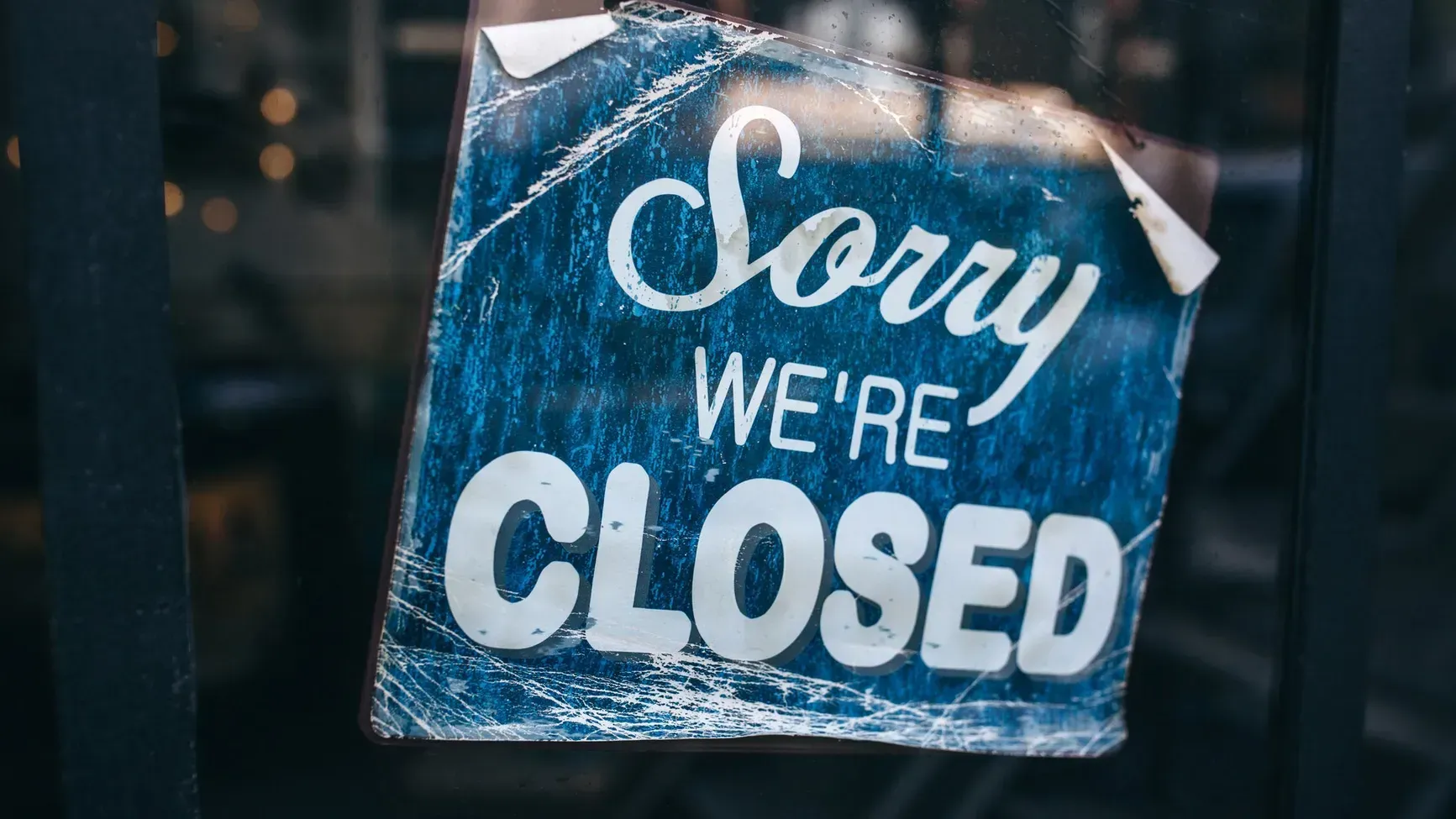
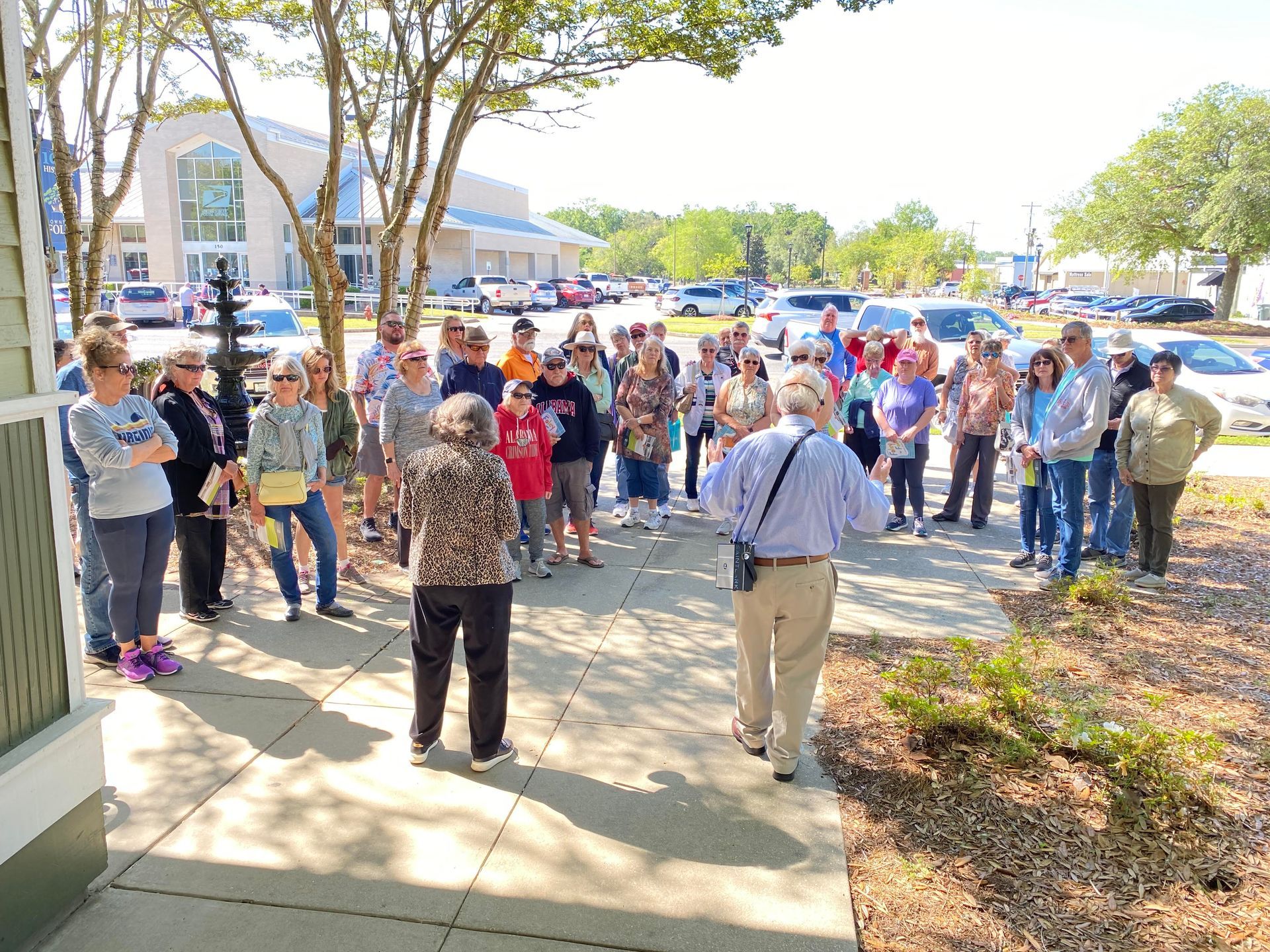
Subscribe to our
Newsletter
Our newsletter is focused on bringing you the latest in news, events and weather for the coastal Alabama area.
